Why Are So Many Bisexual+ Women Sexually Assaulted?

Bisexual pride flag with symbol for sexual assault survivors placed over it. (Source: Shari Rose)
July 20, 2021 ~ By Shari Rose
Updated April 14, 2024
Nearly half of all bisexual+ women in the U.S. have been raped at least once in their lifetimes
Bisexual+ people (bi, pan, fluid, and queer) make up the largest group in the LGBTQ community. In fact, Gallup found that more than half (54.6%) of all LGBTQ adults in the U.S. identify as bi. But bisexuals face higher rates of sexual violence and intimate partner abuse than gay men and lesbians. On par with the rate of sexual assault against transgender people, nearly half of all bi+ women have been raped. Furthermore, when looking at other areas like poverty, substance abuse, and suicidal ideation, bisexual+ women contend with larger percentages than any other sexual orientation in the LGBTQ community. Why is this happening? And what can we do about it?
The High Rate of Sexual Assaults Against Bi+ Women & Bi+ Men
By most measures, those who identify as LGBTQ experience higher numbers of rape and sexual violence than heterosexual people. When breaking those percentages into specific orientations, we can see the stark differences of bisexual+ women compared with lesbians and straight women.
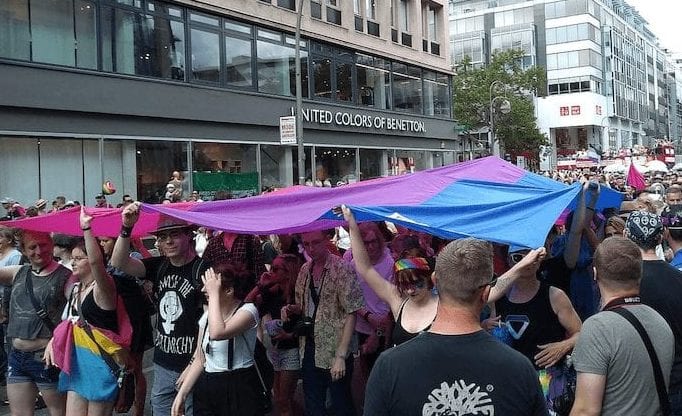
A large bi pride flag is carried down the street during a 2019 Pride parade. (Source)
According to a 2010 study from the Centers of Disease Control that delved into sexual violence in the LGBTQ community, 46% of all bisexual+ women have been raped, compared with 13% of lesbians and 17% of straight women. Moreover, 48% of bi+ women who are sexual assault survivors experienced their first rape between the ages of 11 and 17.
Bisexual+ women help comprise the largest group of LGBTQ folks in the country, and half have experienced rape.
As terrible as these numbers are, they are similar to the sexual violence that transgender people face. According to a 2015 survey from the National Center for Transgender Equality, 47% of transgender people have been raped at least once in their lives, another horrifying statistic. The reason that transgender people are not measured in the CDC study is because being transgender is not a sexual orientation, it’s a gender identity. Trans people can be bi, gay, straight, queer, pan, ace, or any other sexual orientation in the spectrum.
When widening the scope to include physical violence from a partner, the CDC found that 61% of bi+ women experienced rape, physical violence, and/or stalking by an intimate partner in their lifetimes. Lesbians (44%) and heterosexual women (35%) reported lower, though still horrifying, numbers.
Additionally, bisexual+ men contend with higher rates of rape and/or violence from an intimate partner than gay or heterosexual men. 37% of bi+ men experienced rape, physical violence and/or stalking by an intimate partner, compared with 26% of gay men and 29% of straight men.
More stories: Why Is Bisexuality an Invisible Majority in the LGBTQ Community?
More stories: How Lani Ka’ahumanu Propelled Bisexual+ Visibility in the U.S.
More stories: Brenda Howard: Mother of Pride & Bisexual+ Rights Activist
Why Are Bisexual+ People More Likely To Experience Rape & Sexual Violence?
Unlike lesbians, gay men, and transgender people, bisexuals have had very little research done on their community. The bulk of studies and academic research completed on bi+ people mostly come from just the last five years or so. And certainly there are very few papers specifically written on the high rates of sexual assault against bi+ women and bi+ men, though that tide is turning.
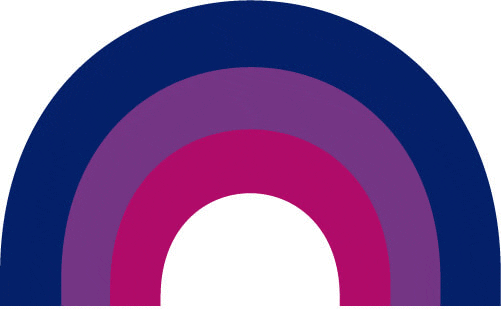
Rainbow gif comprised of bi pride colors. (Source: Shari Rose)
In 2017, two researchers named Nicole L. Johnson and MaryBeth Grove published a paper on the connections between bisexual women and sexual violence. They identified three factors that attempt to explain why bi+ women are more susceptible to sexual assault than other orientations:
- Stereotypes about bi+ women being promiscuous or sexually available: A persistent biphobic myth about bisexual+ women (and men) is they can’t be monogamous because they’re too promiscuous and therefore always open to sexual contact of any kind. Despite recent strides in LGBTQ acceptance across the board, there prevails a common mentality that bi women can’t really say no. Which is, of course, dangerous, dehumanizing, and infuriating. As a bisexual woman, I can attest that I’ve heard this from both straight and gay people. But being bi has nothing to do with one’s own levels of horniess or promiscuity, it just means a person is attracted to all genders.
- Biphobic discrimination: Recent studies reflect what bi+ people have known as long they’ve been out – that biphobia comes from both straight and gay people alike. Bi+ people are often excluded from both queer and straight communities. As a result, bisexuals are more likely to experience minority stress, which is proven to cause extensive damage to one’s physical and mental health over time.
- Higher rates of substance abuse: Bisexual+ people of all genders tend to experience higher rates of substance abuse/disorders than straight and gay people, which is explained in more detail below.
Other Damaging Factors Bi+ Women Face Most
Resulting trauma that stems from rape and sexual violence of any kind is associated with higher rates of substance abuse, eating disorders, and poverty. As it turns out, bisexual+ people, and bi+ women in particular, experience larger percentages of substance abuse, eating disorders, and poverty than straight and gay people.
Substance Abuse
Overall, the LGBTQ community faces higher rates of substance abuse than heterosexuals, and bisexual+ women specifically are most likely to deal with addiction and substance abuse. According to a 2019 study involving more than 8,000 lesbian, gay, and bisexual adults, bi+ women were found to have the highest numbers of alcohol use disorder and opioid misuse:
- Alcohol use disorder: 12.5% of bisexual+ women, 7.7% of lesbian women, and 3.9% of heterosexual women.
- Opioid abuse: 12.6% of bisexual+ women, 7.0% of lesbian women, and 3.5% of heterosexual women.
This study also discovered that bi+ women are the most likely to use marijuana, with 40% of bisexual+ women, 26% of lesbians, and 10% of straight women using the drug.
Poverty
According to a 2019 UCLA study, bisexual+ women and transgender people experience the highest rates of poverty in the LGBTQ community, with both identities tied at nearly 30%. By comparison, gay men have a poverty rate of 12% and lesbians a rate of 17.9%. Bi+ men have the second-highest poverty rate at 19.5%.
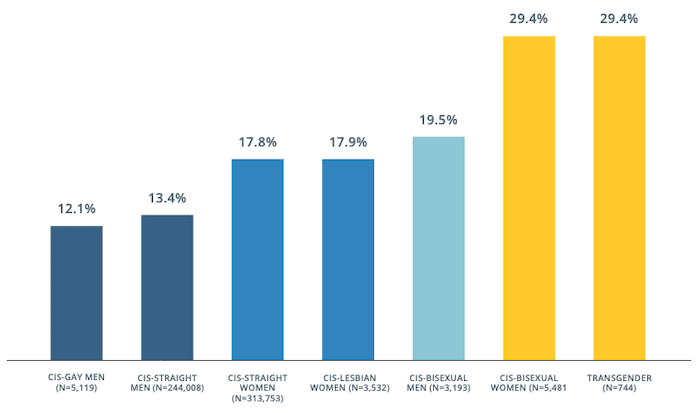
A graph of poverty rates organized by sexual orientation in 2019. Transgender people and bi+ women are tied for the highest percentage at 29.4%. (Source)
More stories: Amelio Robles Ávila: Transgender Fighter In Mexican Revolution
More stories: Corporations Embolden Hate When They Cave to Anti-LGBTQ Fury
More stories: Why Zazu Nova’s Legacy at Stonewall Deserves More Recognition
Eating Disorders & Suicidal Ideation
Generally speaking, those who identify as LGBTQ are more likely to be affected by depression, suicidal ideation, and eating disorders than heterosexual people. A 2016 study into the mental health of lesbian, gay, bisexual+ and questioning people ages 14 to 24 found that young bisexual+ women were the most likely to report current suicidal ideation than any other group in the study. It also noted that bi+ women and lesbians were far more likely to report depression than heterosexual women.
If you are having thoughts of suicide or harming yourself, please call the National Suicide Prevention Lifeline at 800-273-8255, or visit Lifeline’s website right now to get help.
A 2020 study into eating disorders in the LGBTQ community made similar findings. It discovered that bisexual+ women have higher rates of disordered eating pathology than lesbians and gay men. Compared with straight women, both bi+ women and lesbians are more likely to report binge eating than heterosexual women.
Lack of Bi-Focused Resources, Research, & Funding
According to a massive 2016 Global Resource Report that delved into government and philanthropic donations into LGBTQ organizations in the U.S. and around the world, bisexual-centered groups receive a slim fraction of available resources.
Looking at funding by sexual orientation from 2015 to 2016, gay/bisexual/queer/mlm groups received $29,567,679. Lesbian/bisexual/queer/wlw groups received $7,270,199. Bisexual-focused groups received just $2,000.
Bi people comprise the largest population in the LGBTQ community, and our bi-specific organizations received just $2,000 from 2015 to 2016. This is absolutely atrocious.

Graph that explores funding by sexual orientation to LGBTQ organizations from 2013 to 2016. Bi-centered groups received less than 1% of all funds. (Source)
Some may make the argument that bisexuals are still being supported in organizations that combine them with gays and lesbians. But the numbers don’t lie. The struggles and issues bi+ people face are not being addressed when we’re lumped in with gays and lesbians.
And it’s certainly very telling that only 7% of board members on LGBTQ organizations are bisexual. There are literally more straight people (10%) than bisexual+ people in positions of power across thousands of LGBTQ organizations in the U.S. But that deserves its own story altogether.
Conclusion
The numbers confirm what bi activists and theorists have argued for decades: that bisexuals face higher levels of sexual violence, poverty, and substance abuse than their gay counterparts, but receive just a fraction of LGBTQ resources and funding to combat it.
Often bisexuals are lumped in with gays and lesbians in research and surveys, but our experiences can be vastly different, as bi-specific studies show. We desperately need more bi-focused research into understanding ourselves, as well as how we can improve the safety of our friends and neighbors. With 11% of the entirety of Generation Z identifying as bisexual+, the greater LGBTQ community is not currently prepared to adequately support them. And like the generations before them, I fear these young people will deal with similar horrors only to be met with more biphobia instead of the resources they need.
As a bisexual rape survivor myself, writing this piece was incredibly difficult to do. It was triggering as hell to write and I was often crying and cursing for most of it. But experiencing some of that pain again helped me explore how important talking about this topic is. Because it is certainly not talked about enough.
Truthfully, I doubt most understand how dangerous it can be to be a bisexual+ person in America, or anywhere in the world for that matter. We need appropriate funding, research, and explicit support from the greater LGBTQ community and straight people alike, and we need it now.
I’ve included some bi-centered organizations and Meetup groups below, and please feel free to reach out to me at [email protected] if you know of others I can add to this list.
Great Bisexual Organizations You Can Donate To
Bi Meetup Groups
- amBi – Los Angeles
- amBi – Portland
- amBi – San Diego
- amBi – Sacramento
- amBi – Southern Oregon
- amBi – Oklahoma City
- amBi – Inland Empire
Bisexual Newsletters
More stories: Lucy Hicks Anderson: Black Transgender Pioneer of the 1940s
More stories: How Abby Hernandez Convinced Her Kidnapper to Let Her Go
More stories: Otherside Lounge: The Bombing of a Lesbian Bar in Atlanta
More stories: Crystal LaBeija: Iconic Drag Queen Who Transformed Queer Culture

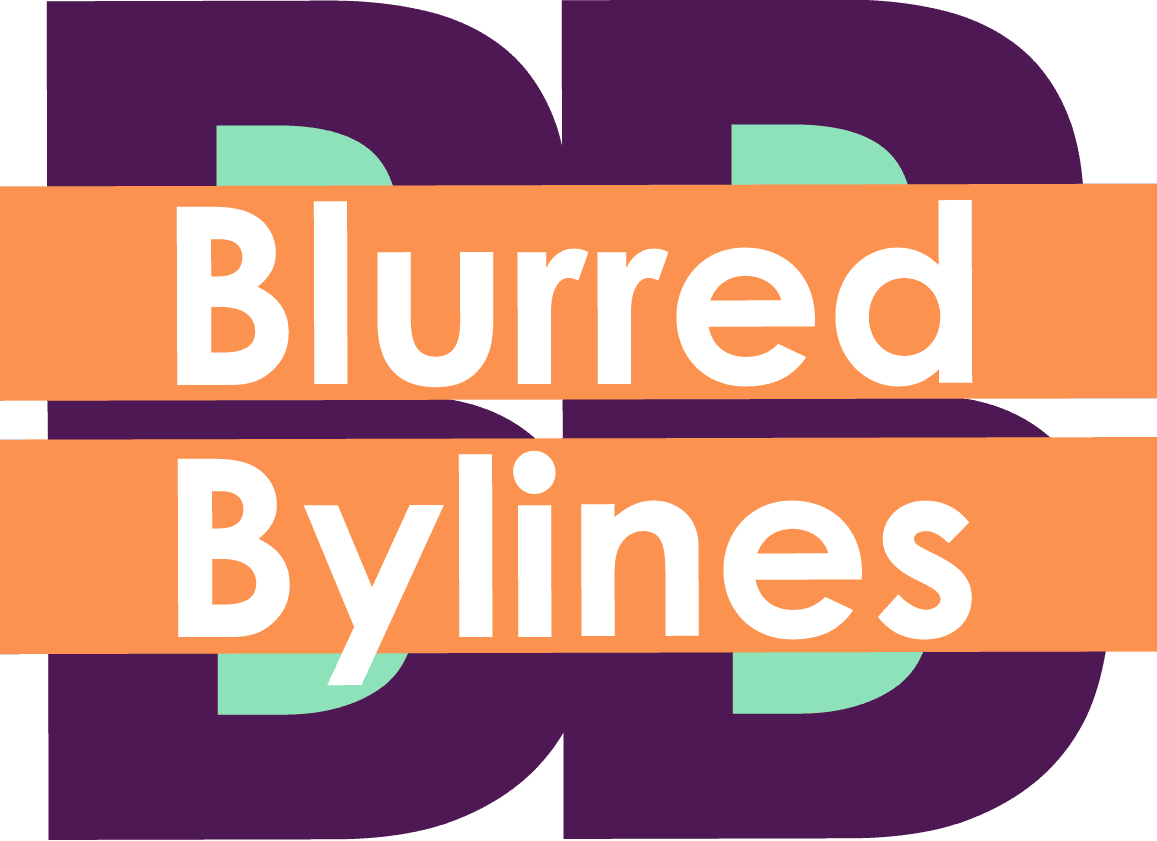
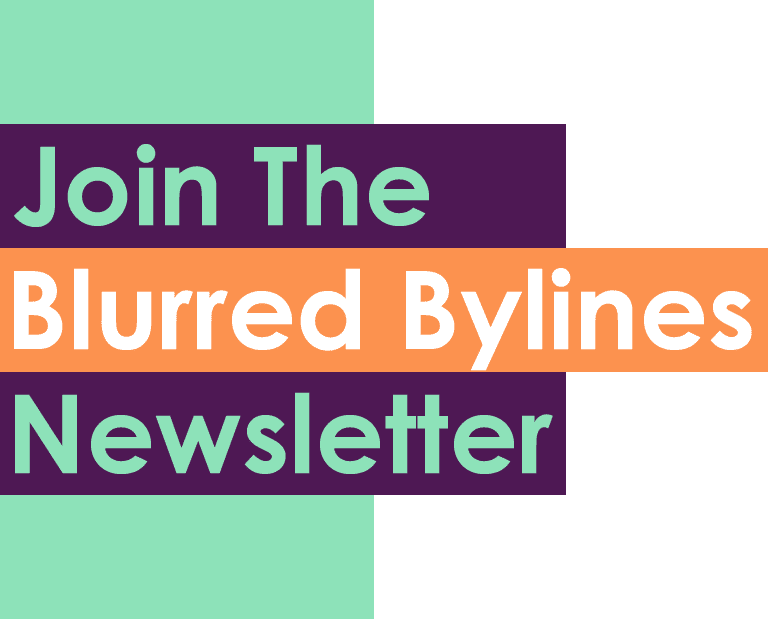



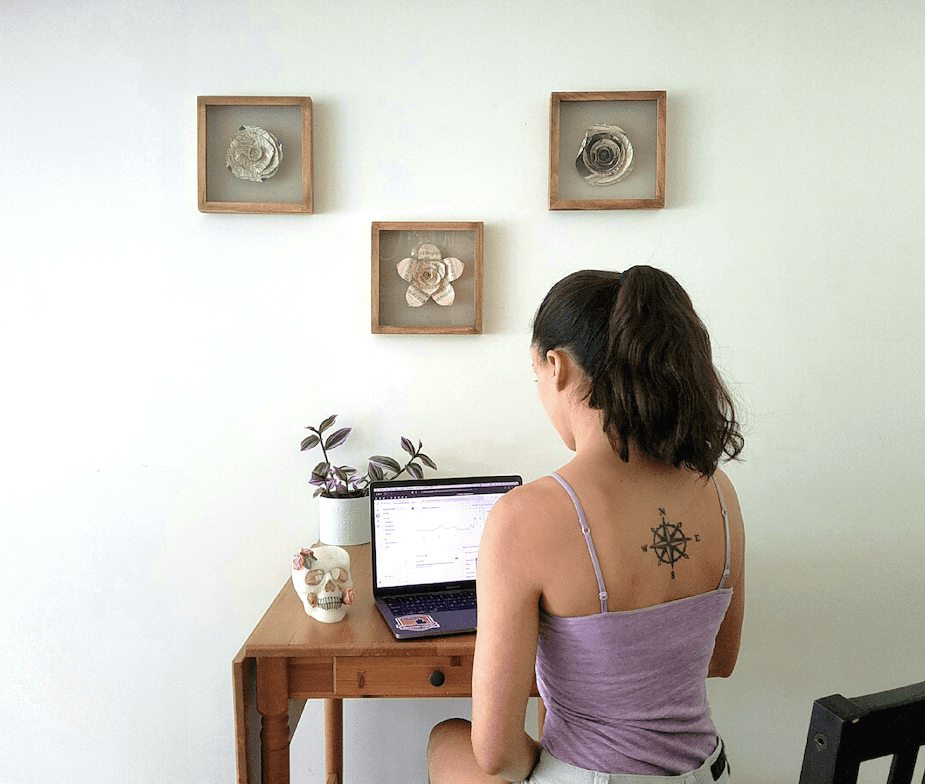
0 Comments